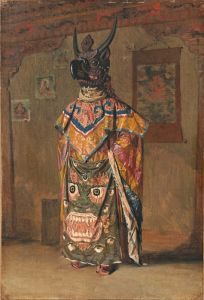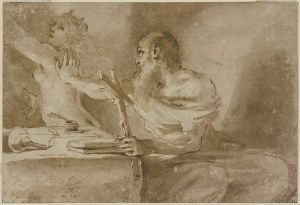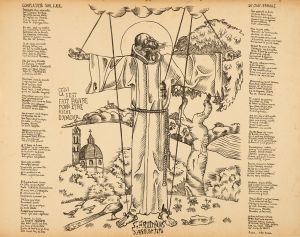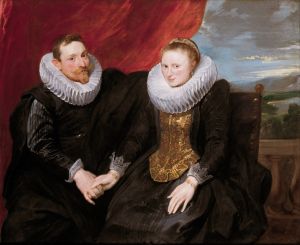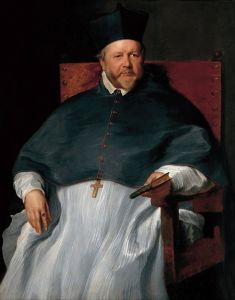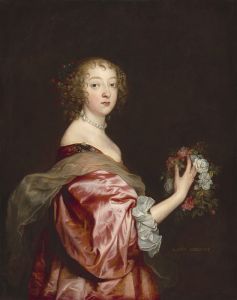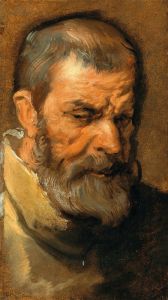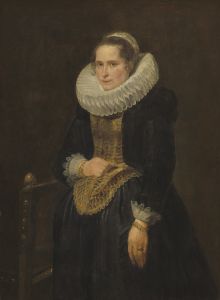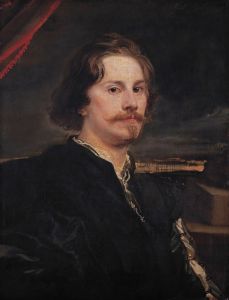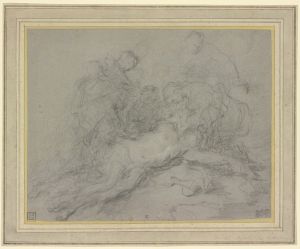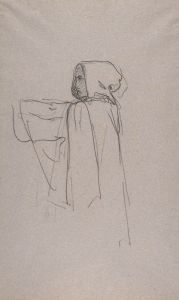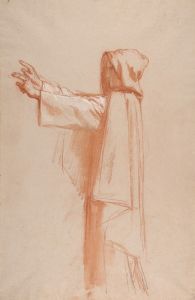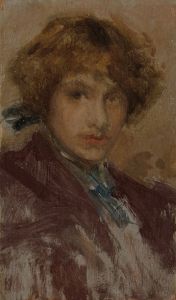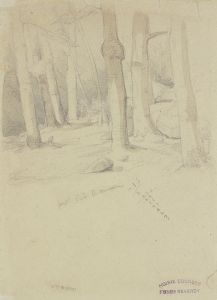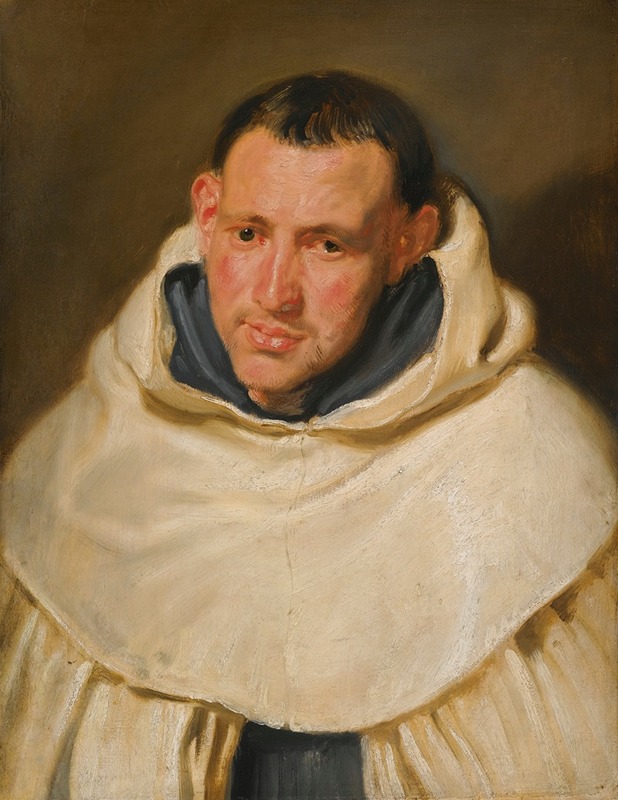
Portrait Of A Carmelite Monk, Head And Shoulders
A hand-painted replica of Anthony van Dyck’s masterpiece Portrait Of A Carmelite Monk, Head And Shoulders, meticulously crafted by professional artists to capture the true essence of the original. Each piece is created with museum-quality canvas and rare mineral pigments, carefully painted by experienced artists with delicate brushstrokes and rich, layered colors to perfectly recreate the texture of the original artwork. Unlike machine-printed reproductions, this hand-painted version brings the painting to life, infused with the artist’s emotions and skill in every stroke. Whether for personal collection or home decoration, it instantly elevates the artistic atmosphere of any space.
"Portrait of a Carmelite Monk, Head and Shoulders" is a painting by the renowned Flemish Baroque artist Anthony van Dyck. Van Dyck, born in 1599 in Antwerp, was a prominent painter known for his portraits and his work as a leading court painter in England. He was a student of Peter Paul Rubens, another significant figure in the Baroque art movement.
This particular painting, "Portrait of a Carmelite Monk, Head and Shoulders," exemplifies van Dyck's skill in capturing the human form and expression with remarkable detail and sensitivity. The work depicts a Carmelite monk, identifiable by his distinctive religious habit. The Carmelite Order is a Roman Catholic mendicant religious order founded in the 12th century, known for its contemplative and ascetic lifestyle.
In the portrait, the monk is shown in a half-length pose, with his head and shoulders prominently featured. Van Dyck's use of chiaroscuro, the contrast between light and dark, is evident in this painting, highlighting the monk's serene and contemplative expression. The subtle play of light on the monk's face and the folds of his habit demonstrates van Dyck's mastery in rendering textures and capturing the spiritual essence of his subject.
The painting is executed in oil on canvas, a medium that van Dyck frequently used. His technique involved applying thin layers of paint to build up depth and luminosity, a method that contributed to the lifelike quality of his portraits. The background of the painting is kept simple and dark, ensuring that the focus remains on the monk's face and expression.
Van Dyck's portraits are celebrated for their elegance and psychological depth, and "Portrait of a Carmelite Monk, Head and Shoulders" is no exception. The artist's ability to convey the inner life of his subjects through their outward appearance is a hallmark of his work. This painting is a testament to van Dyck's talent in portraying not just the physical likeness but also the character and soul of his sitters.
The exact date of the painting is not definitively known, but it is believed to have been created during van Dyck's mature period, after he had established himself as a leading portraitist in Europe. During this time, van Dyck traveled extensively and worked for various patrons, including royalty and nobility, which significantly influenced his style and technique.
"Portrait of a Carmelite Monk, Head and Shoulders" is part of a larger body of work that includes numerous religious and secular portraits. Van Dyck's influence on portrait painting was profound, and his works continue to be studied and admired for their artistic excellence and historical significance.
The painting is currently housed in a museum collection, where it remains an important example of van Dyck's contribution to Baroque art and portraiture. It serves as a valuable piece for understanding the religious and cultural context of the time, as well as the artistic innovations that van Dyck brought to the genre of portrait painting.





